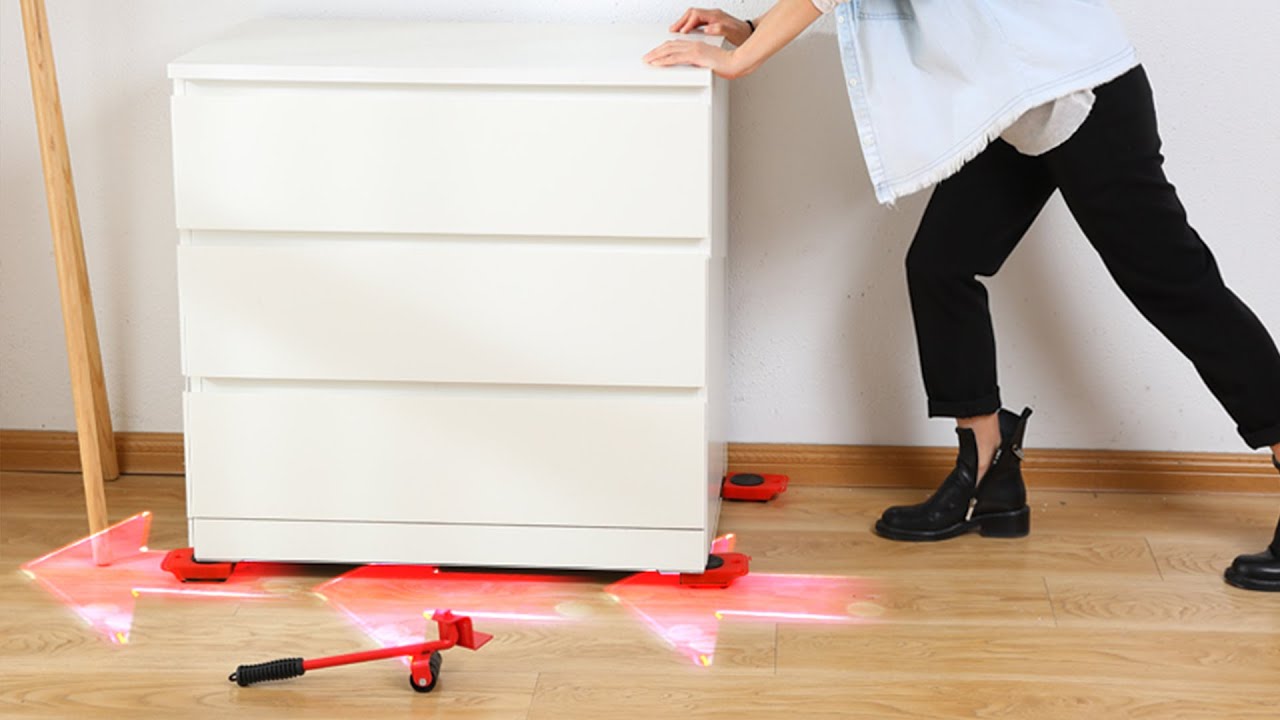

Furniture
How To Move A Heavy Dresser By Yourself
Modified: October 20, 2024
Learn how to move heavy furniture like a dresser by yourself without straining your back. Discover step-by-step tips and techniques for a successful DIY move.
(Many of the links in this article redirect to a specific reviewed product. Your purchase of these products through affiliate links helps to generate commission for Storables.com, at no extra cost. Learn more)
Introduction
Moving furniture can be a challenging task, especially when it comes to heavy items like dressers. While it’s always advisable to seek professional help when moving large furniture, there may be instances where you find yourself needing to move a heavy dresser by yourself. In this article, we will provide you with a step-by-step guide on how to move a heavy dresser safely on your own.
Before we dive into the details, it’s important to note that the techniques mentioned here are intended for general guidance and should be adapted to suit your specific situation. Remember to prioritize your safety throughout the process and never hesitate to seek assistance if you feel overwhelmed or unsure.
Now, let’s get started with assessing the dresser before embarking on the moving process.
Key Takeaways:
- Moving a heavy dresser by yourself requires careful assessment, proper lifting techniques, and the use of essential supplies like moving straps and furniture sliders to ensure a safe and efficient process.
- Prioritize personal safety, clear the pathway, and utilize moving tools to slide and maneuver the dresser around corners. Lower and set the dresser in its new location with precision and care, ensuring stability and organization.
Read more: How To Move Heavy Dresser Downstairs
Assessing the Dresser
Before you begin the process of moving a heavy dresser, it’s essential to assess its condition and structure. This step will help you determine the appropriate moving technique and ensure the safety of both yourself and the furniture.
Start by examining the overall construction of the dresser. Take note of any weak or damaged areas, such as loose drawers, wobbly legs, or cracked frames. If you notice significant damage or instability, it’s advisable to repair or reinforce these issues before attempting to move the dresser. This will help minimize the risk of accidents or further damage during the process.
Next, measure the dimensions of the dresser, including its height, width, and depth. This information will be crucial in determining the pathway and clearance required for moving the dresser through doorways, hallways, or staircases. Make sure to measure the new location where you’re planning to place the dresser as well, ensuring that it will fit properly in the desired space.
Consider the weight of the dresser. Most dressers are heavy, especially if they are made from solid wood or have additional features like mirrors. Take into account your own physical strength and capabilities when deciding whether to proceed with moving the dresser yourself. If the weight seems too much to handle alone, it’s best to enlist the help of others or hire professional movers.
Lastly, take a look at the dresser’s contents. Clear out any items from the drawers or shelves to lighten the load. Removing the drawers can also make the dresser more manageable to lift and move. Keep the removed drawers and their contents safe and secure to prevent any damage or loss during the moving process.
Once you have thoroughly assessed the dresser and feel confident in its condition and your ability to handle its weight, you can move on to the next steps, which involve gathering the necessary supplies.
Gathering the Necessary Supplies
Before you begin moving a heavy dresser, it’s important to gather the necessary supplies to ensure a smoother and safer process. Having the right tools on hand can make a significant difference in reducing strain on your body and protecting the dresser from damage. Here’s a list of essential supplies you’ll need:
- Moving Straps: These adjustable straps are designed to help you lift heavy items by distributing the weight more evenly and allowing for a better grip. Look for sturdy and reliable moving straps that can withstand the weight of the dresser.
- Furniture Sliders: These handy devices are placed under the dresser’s legs or corners to help it glide smoothly across the floor. Furniture sliders can reduce friction and make maneuvering heavy furniture much easier.
- Furniture Blankets or Pads: Use these blankets or pads to protect the dresser from scratches, dings, or other damage during the moving process. Wrap the dresser with the blankets and secure them with tape or straps for added protection.
- Floor Protection: To prevent any damage to the floor while moving the dresser, consider using floor protectors such as cardboard sheets or plastic mats. These will create a barrier between the dresser and the floor surface.
- Tools: You may need basic tools like a screwdriver or allen wrench to remove any detachable parts of the dresser, such as legs or mirrors. Keep these tools handy in case you need them during the disassembly or reassembly process.
- Gloves: Wearing gloves will provide better grip and protect your hands from splinters, sharp edges, or injuries while handling the dresser. Opt for durable work gloves that fit well and allow for easy movement.
- Moving Dolly: If available, a moving dolly can be extremely helpful in transporting the dresser from one location to another. It is especially beneficial when dealing with stairs, uneven surfaces, or long distances.
- Tape and Straps: Have duct tape or packing tape on hand to secure any loose parts or coverings on the dresser. Additionally, straps or bungee cords can help keep the dresser stable and secure during the move.
Make sure to gather all these supplies before starting the moving process. Having them readily available will save you time and effort, ensuring a more efficient and organized move. Once you have the necessary supplies, you can proceed to the next step: clearing the pathway.
Clearing the Pathway
Before you begin moving a heavy dresser, it’s crucial to clear the pathway to ensure a safe and obstruction-free route. This step will help prevent accidents or damage to both the dresser and your surroundings. Here are the steps to clear the pathway:
- Remove any obstacles: Take a thorough look at the pathway from the current location of the dresser to the new destination. Remove any potential obstacles such as rugs, small furniture, or decorative items that may impede your progress.
- Secure loose cords or cables: Check for any electrical cords or cables that may be lying across the pathway. Secure them to the walls or tuck them safely out of the way to avoid tripping hazards.
- Open doors and clear doorways: Ensure that all doors along the pathway, including both interior and exterior doors, are open wide enough to accommodate the dresser. If necessary, remove the door from its hinges temporarily to create a wider passage.
- Consider tight corners or narrow hallways: Assess any tight corners, narrow hallways, or staircases that may pose challenges during the move. Measure these areas and strategize the best approach for maneuvering the dresser through them.
- Protect walls and other furniture: Use furniture blankets or pads to protect walls, banisters, and other furniture along the pathway. Secure them in place using tape or straps to prevent accidental damage during the moving process.
- Clear the destination: Before moving the dresser, make sure the chosen location is clear of any items or furniture. This will allow for an easier and more efficient placement of the dresser in its new spot.
By clearing the pathway, you’ll create a safe and obstacle-free route for moving the heavy dresser. It’s important to take your time and be thorough in this step to minimize the risk of accidents or damage. With the pathway cleared, you can now move on to ensuring your personal safety during the process.
Ensuring Personal Safety
When it comes to moving a heavy dresser by yourself, your personal safety should be a top priority. Taking the necessary precautions can help prevent injuries and ensure a smooth and successful move. Here are some key tips to keep in mind to ensure your personal safety:
- Use proper lifting techniques: Bend your knees and lift with your legs rather than straining your back. Keep your back straight and avoid twisting or jerking motions while lifting the dresser.
- Take breaks: Moving a heavy dresser can be physically demanding, so it’s important to listen to your body. Take regular breaks to rest and hydrate, especially if you’re feeling fatigued or lightheaded.
- Ask for help: If at any point you feel that the weight of the dresser is too much for you to handle alone, do not hesitate to ask for assistance from a friend or family member. It’s better to have extra help rather than risk injury.
- Wear appropriate clothing and footwear: Opt for comfortable clothing that allows for easy movement. Avoid loose or baggy attire that may get caught on the dresser. Wear sturdy, closed-toe shoes with good traction to prevent slips or trips.
- Maintain clear communication: If you’re working with a helper, establish clear communication signals or instructions for lifting and moving the dresser. This will ensure coordinated movements and minimize the risk of accidents.
- Take extra caution on stairs: Moving a dresser up or down stairs requires extra care. Secure the dresser with straps to prevent it from slipping. If the staircase is too narrow, consider using a moving dolly or enlisting the help of additional people.
- Use proper ergonomics: If you need to disassemble parts of the dresser, ensure you have a stable work surface at a comfortable height. Avoid prolonged bending or awkward body positions that may strain your muscles or joints.
- Do not rush: Moving a heavy dresser requires patience and caution. Trying to rush the process can lead to accidents or damage. Take your time and focus on maintaining a steady and controlled movement.
- Take note of your surroundings: Be aware of any obstacles or hazards in your surroundings, such as slippery surfaces or low-hanging objects. Move slowly and deliberately to avoid accidents or collisions.
By following these safety guidelines, you can minimize the risk of injuries and ensure a smooth and secure move of the heavy dresser. Remember, it’s always better to prioritize your safety and seek assistance when needed. Now that we’ve covered personal safety, let’s move on to lifting and positioning techniques.
Before moving a heavy dresser by yourself, remove all the drawers to make it lighter and easier to handle. This will also prevent the drawers from sliding out and causing accidents.
Read more: How To Move A Recliner By Yourself
Lifting and Positioning Techniques
When it comes to moving a heavy dresser, proper lifting and positioning techniques are essential to ensure a safe and efficient move. By using the right techniques, you can minimize the risk of injuries and prevent damage to the dresser. Here are some key tips to keep in mind:
- Get in the right position: Stand facing the dresser with your feet shoulder-width apart. Position yourself as close to the dresser as possible to maintain better control and balance.
- Use your legs: Bend your knees and keep your back straight as you lift the dresser. Use the strength of your legs to push up, rather than relying on your back or arms.
- Engage your core muscles: Activate your core muscles to provide additional stability and support while lifting the dresser. This will help protect your back and prevent strain.
- Keep a firm grip: Ensure that you have a secure grip on the dresser before lifting. Use both hands and grip the edges or sturdy parts of the dresser.
- Engage your helper: If you have a helper, coordinate your movements and communicate clearly. Lift and lower the dresser simultaneously to maintain balance and avoid any sudden shifts in weight.
- Move smoothly: Lift the dresser using controlled and steady movements. Avoid jerking or sudden movements that can cause strain or imbalance.
- Take small steps: If you need to reposition the dresser during the move, take small steps instead of making large strides. This will help maintain stability and prevent accidents.
- Use furniture sliders: If the dresser is too heavy to lift, you can place furniture sliders underneath it. This will allow you to slide the dresser across the floor with less effort.
- Be mindful of your back: Throughout the lifting and positioning process, focus on keeping your back straight and avoiding any twisting or bending motions that can strain your back muscles.
- Take breaks if needed: If you feel fatigued, it’s essential to take short breaks to rest and regain strength. Pushing yourself beyond your limits can lead to accidents or injuries.
By following these lifting and positioning techniques, you can move the heavy dresser with greater ease and minimize the risk of injuries. Now, let’s move on to additional methods of moving the dresser, such as using moving tools or furniture sliders.
Using Moving Tools or Furniture Sliders
When moving a heavy dresser on your own, utilizing moving tools or furniture sliders can make the process much easier and reduce the strain on your body. These tools are designed to assist with the smooth and controlled movement of heavy furniture. Here’s how you can use them:
- Moving Straps: If you have moving straps, secure them around the dresser to create handles. These straps distribute the weight of the dresser and allow for a better grip. Adjust the straps to ensure they are snug and comfortable.
- Furniture Sliders: Furniture sliders are small, smooth pads that can be placed under the dresser’s legs or corners. They reduce friction and allow the dresser to glide easily across the floor. Lift one side of the dresser at a time, and place the sliders underneath.
- Slide the Dresser: Once the sliders are in place, gently push or pull the dresser in the desired direction. Use your body weight to guide the dresser and maintain control. This method is especially effective on hardwood or tiled floors.
- Use a Moving Dolly: If you have access to a moving dolly, it can be a valuable tool for moving heavy furniture. Place the dresser securely on the dolly, ensuring that it is well balanced. Use the handles of the dolly to maneuver the dresser with ease.
- Secure the Dresser: Regardless of the method you choose, always make sure the dresser is properly secured to prevent it from shifting or falling during the move. Use straps or bungee cords to keep the dresser stable on the moving dolly or sliders.
- Work in Incremental Movements: When using moving tools or furniture sliders, it’s best to work in small, incremental movements. This allows for better control and stability, especially when navigating corners or tight spaces.
- Take Caution on Stairs: If you need to move the dresser up or down stairs, it’s crucial to exercise extra caution. Seek assistance if necessary, and use the appropriate equipment, such as a stair climbing dolly, to minimize the risk of accidents.
Using moving tools or furniture sliders can significantly reduce the physical strain of moving a heavy dresser. However, always assess the situation and your own capabilities before deciding to use these tools. If you encounter any difficulties or feel unsafe, do not hesitate to seek assistance. Now, let’s move on to sliding the dresser and maneuvering around corners.
Sliding the Dresser and Maneuvering Around Corners
When moving a heavy dresser, sliding it and maneuvering around corners can be challenging. However, with the right technique and careful planning, you can navigate these obstacles smoothly and safely. Here’s how you can slide the dresser and maneuver around corners:
- Clear the pathway: Ensure that the pathway is clear of any obstacles or potential tripping hazards. Remove rugs, furniture, or any other items that may impede the sliding process.
- Use furniture sliders: Place furniture sliders underneath the dresser’s legs or corners to reduce friction. If possible, have someone assist you by stabilizing the dresser as you slide it.
- Push or pull from the sides: Position yourself on one side of the dresser and gently push or pull it in the desired direction. Use your body weight to guide the dresser smoothly across the floor.
- Be mindful of corners: When approaching a corner, it’s important to plan your moves and adjust the angle of the dresser accordingly. Lift slightly on the side opposite the direction of the turn, and carefully pivot or rotate the dresser.
- Take it slow: Move the dresser in small increments while maneuvering around corners. Avoid rushing or forcing the dresser to prevent any accidental damage to the furniture or surrounding walls.
- Protect corners and walls: To protect both the dresser and the walls, consider using corner guards or padding. This will minimize the risk of scratches or dents during the sliding process.
- Ask for assistance if needed: If you’re finding it difficult to slide the dresser alone, don’t hesitate to ask someone for help. Having an extra set of hands can make the process safer and more manageable.
- Consider disassembling if necessary: If the dresser is too large or unwieldy to slide around corners, you may need to disassemble it temporarily. Remove any detachable parts, such as drawers or shelves, to make maneuvering easier.
- Work in tandem: If you have a helper, coordinate your movements as you slide the dresser. Communicate clearly and ensure that you’re both on the same page when navigating corners or obstacles.
- Protect the dresser: While sliding the dresser, ensure that it remains stable and protected. If needed, use straps or bungee cords to secure the dresser to the sliders or moving dolly.
By using proper sliding techniques and being cautious around corners, you can safely maneuver the heavy dresser to its new location. Take your time, plan your movements carefully, and adapt your approach as needed. Once you’ve successfully negotiated the corners, we’ll move on to the next step: lowering and setting the dresser in its new location.
Lowering and Setting the Dresser in the New Location
After successfully moving the heavy dresser to its new location, the final step is to lower and set it down safely. This step requires precision and care to ensure that the dresser is properly positioned and secured. Follow these guidelines to lower and set the dresser in its new location:
- Assess the new location: Before lowering the dresser, ensure that the new location is clear of any obstacles or items that may obstruct its placement. Measure the space to ensure that the dresser fits comfortably in the desired spot.
- Position yourself correctly: Stand facing the dresser with your feet shoulder-width apart, ensuring a stable stance. Position yourself in a way that allows you to safely control the descent of the dresser.
- Lower the dresser slowly: Using proper lifting techniques, gradually lower the dresser to the floor. Bend your knees, engage your leg muscles, and maintain a straight back as you guide the dresser down. Avoid any sudden drops or uncontrolled movements.
- Set the dresser in its new spot: Gently lower the dresser onto the floor in the desired location. Ensure it is properly aligned and leveled. Take your time to make any necessary adjustments to its position.
- Reassemble any removed parts: If you had to disassemble any parts of the dresser, such as drawers or shelves, now is the time to reattach and align them properly. Use the necessary tools, such as a screwdriver or allen wrench, to secure any loose parts.
- Remove any moving equipment: If you used furniture sliders, straps, or other moving tools, remove them carefully from under or around the dresser. Double-check that nothing is left behind that could interfere with the dresser’s stability.
- Check the stability: Once the dresser is in its new location, check that it is stable and secure. Ensure that all legs are firmly on the floor and that the dresser does not wobble or rock when pressure is applied.
- Organize and decorate: With the dresser successfully positioned, take the opportunity to organize and decorate its surface. Add decorative accents, place belongings back in the drawers, and create an aesthetically pleasing arrangement.
By following these steps, you can safely lower and set the heavy dresser in its new location. Take your time and be mindful of maintaining proper posture and control throughout the process. Once the dresser is securely in place, the moving process is complete.
Remember, if at any point during the moving process you feel it is too challenging or risky to move the heavy dresser on your own, don’t hesitate to seek assistance from professional movers or friends. Your safety and the preservation of the dresser are of the utmost importance.
Now that you’ve successfully moved the heavy dresser, take a moment to appreciate your accomplishment. Sit back, relax, and enjoy the newly arranged space and the fruits of your hard work!
Read more: How To Move A Mattress By Yourself
Conclusion
Moving a heavy dresser on your own can be a daunting task, but with the right techniques and precautions, it is possible to accomplish it safely and efficiently. Throughout this guide, we’ve provided you with a step-by-step process to move a heavy dresser by yourself. Let’s recap the key points:
1. Assess the dresser: Before you begin, assess the dresser’s condition, size, and weight to determine if you are capable of moving it alone.
2. Gather the necessary supplies: Make sure to have moving straps, furniture sliders, blankets or pads, floor protectors, and basic tools on hand.
3. Clear the pathway: Remove any obstacles, secure loose cords or cables, and open doors to create a clear and safe pathway.
4. Ensure personal safety: Follow proper lifting techniques, take breaks as needed, ask for assistance when necessary, wear appropriate clothing and footwear, and be mindful of your surroundings.
5. Lift and position the dresser: Engage your leg muscles, maintain a firm grip, work in tandem if you have a helper, and use furniture sliders or a moving dolly to minimize strain and make maneuvering easier.
6. Slide and maneuver around corners: Use furniture sliders, take small steps, protect corners and walls, and consider disassembling the dresser if required to navigate corners.
7. Lower and set the dresser: Gradually lower the dresser, ensure it is properly aligned and leveled, reassemble any removed parts, and check its stability.
8. Organize and decorate: Once the dresser is in its new location, take the opportunity to arrange and decorate it to your liking.
Remember, moving a heavy dresser by yourself is not always the ideal solution, and it’s important to prioritize your safety and seek assistance if needed. If you find the dresser is excessively heavy or the move becomes too challenging, don’t hesitate to enlist the help of professional movers or friends.
By following the steps and techniques outlined in this guide, you’ll have the knowledge and tools to successfully move a heavy dresser on your own. Remember to take your time, work carefully, and prioritize both your own well-being and the preservation of the dresser. With patience and the right approach, you can accomplish the task with minimal stress and maximum satisfaction.
Good luck with your dresser move, and may your newly arranged space bring you joy and comfort!
Frequently Asked Questions about How To Move A Heavy Dresser By Yourself
Was this page helpful?
At Storables.com, we guarantee accurate and reliable information. Our content, validated by Expert Board Contributors, is crafted following stringent Editorial Policies. We're committed to providing you with well-researched, expert-backed insights for all your informational needs.
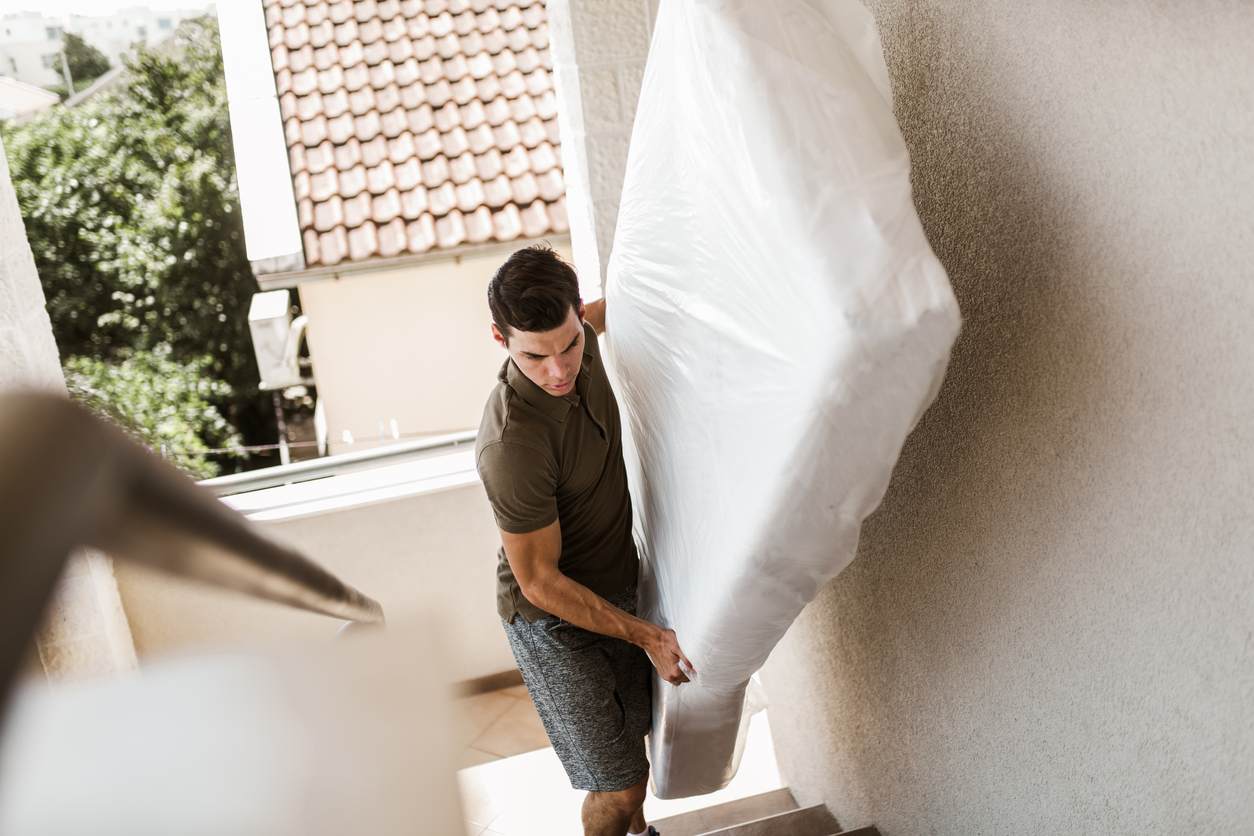
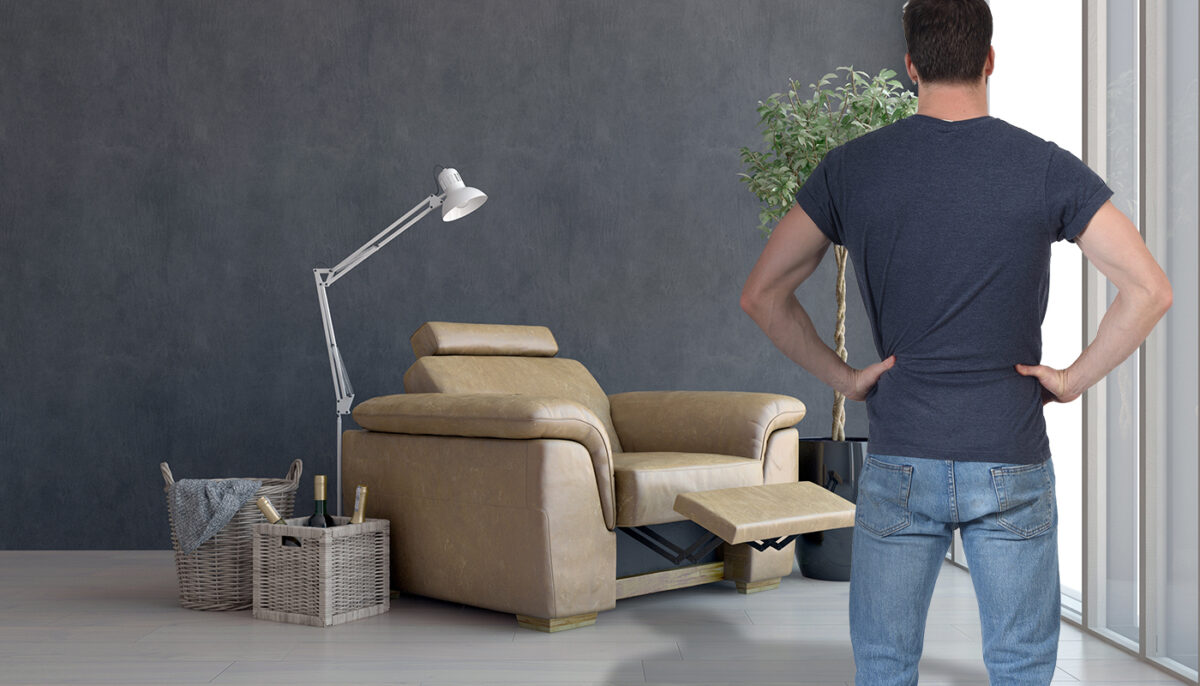
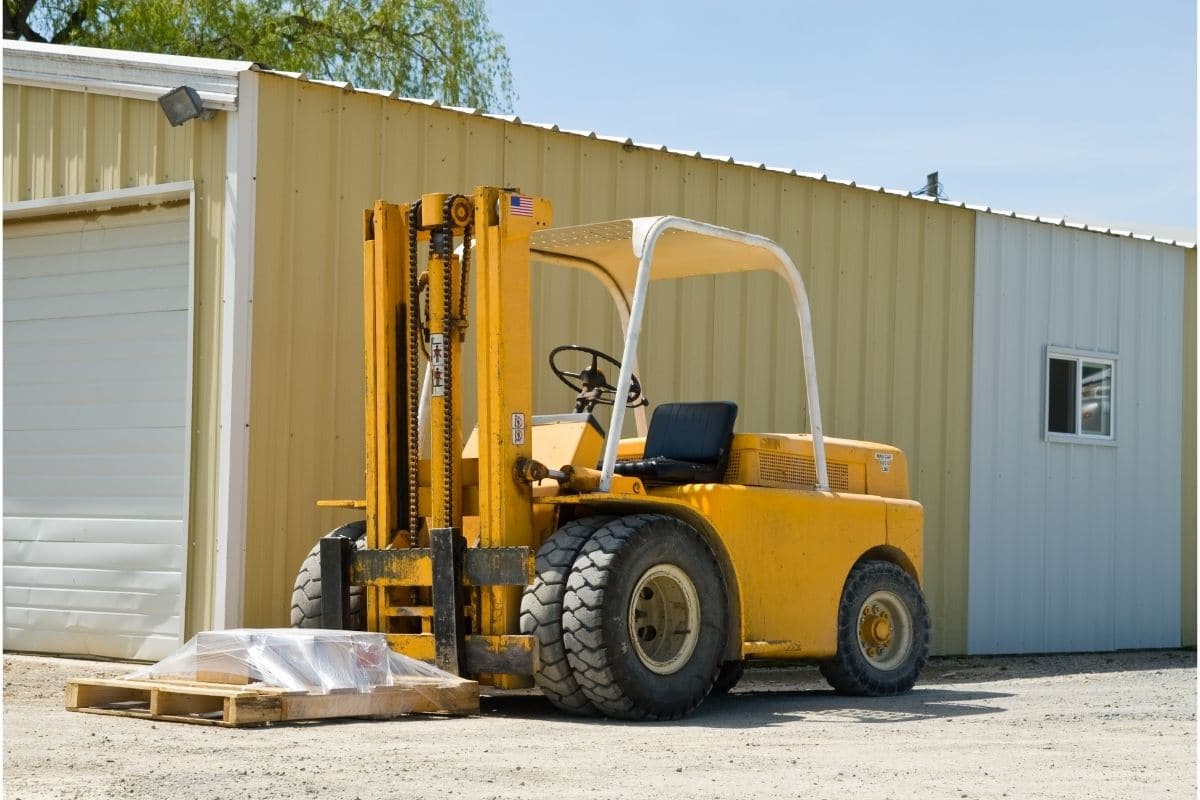


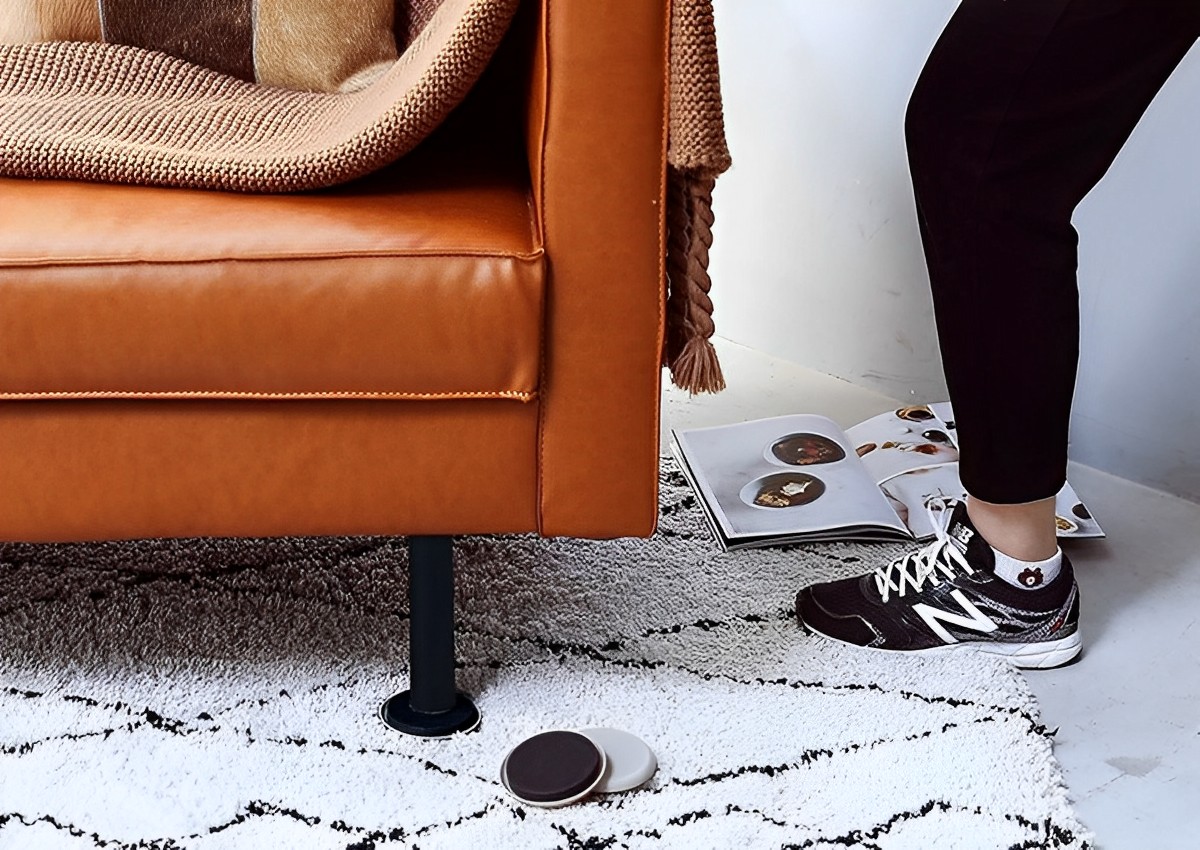

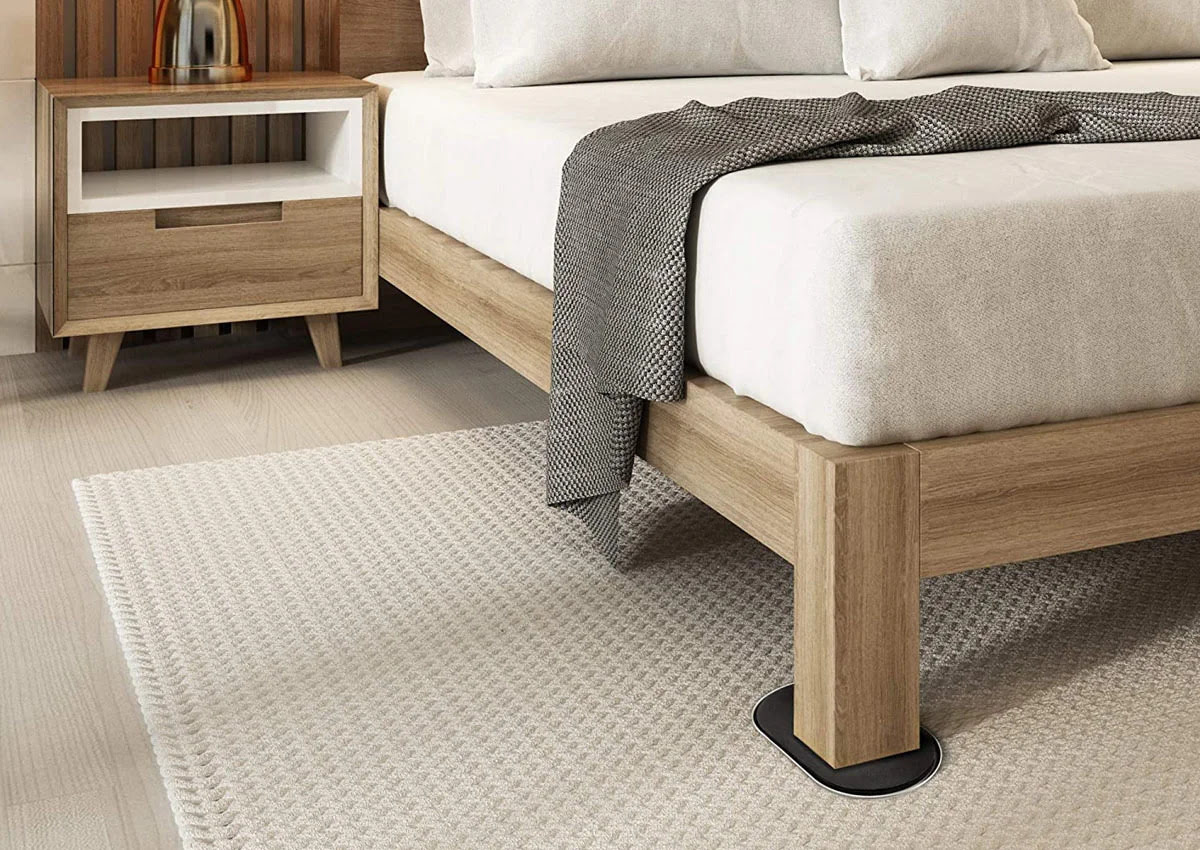

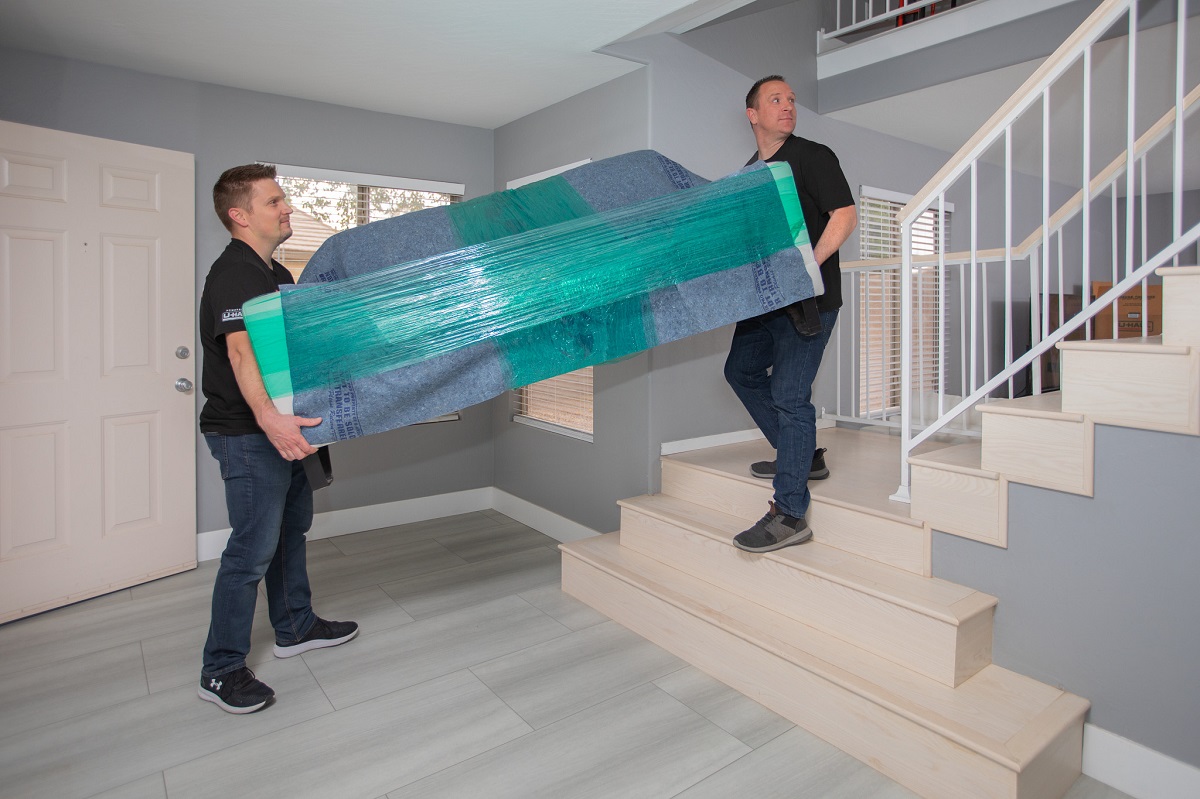


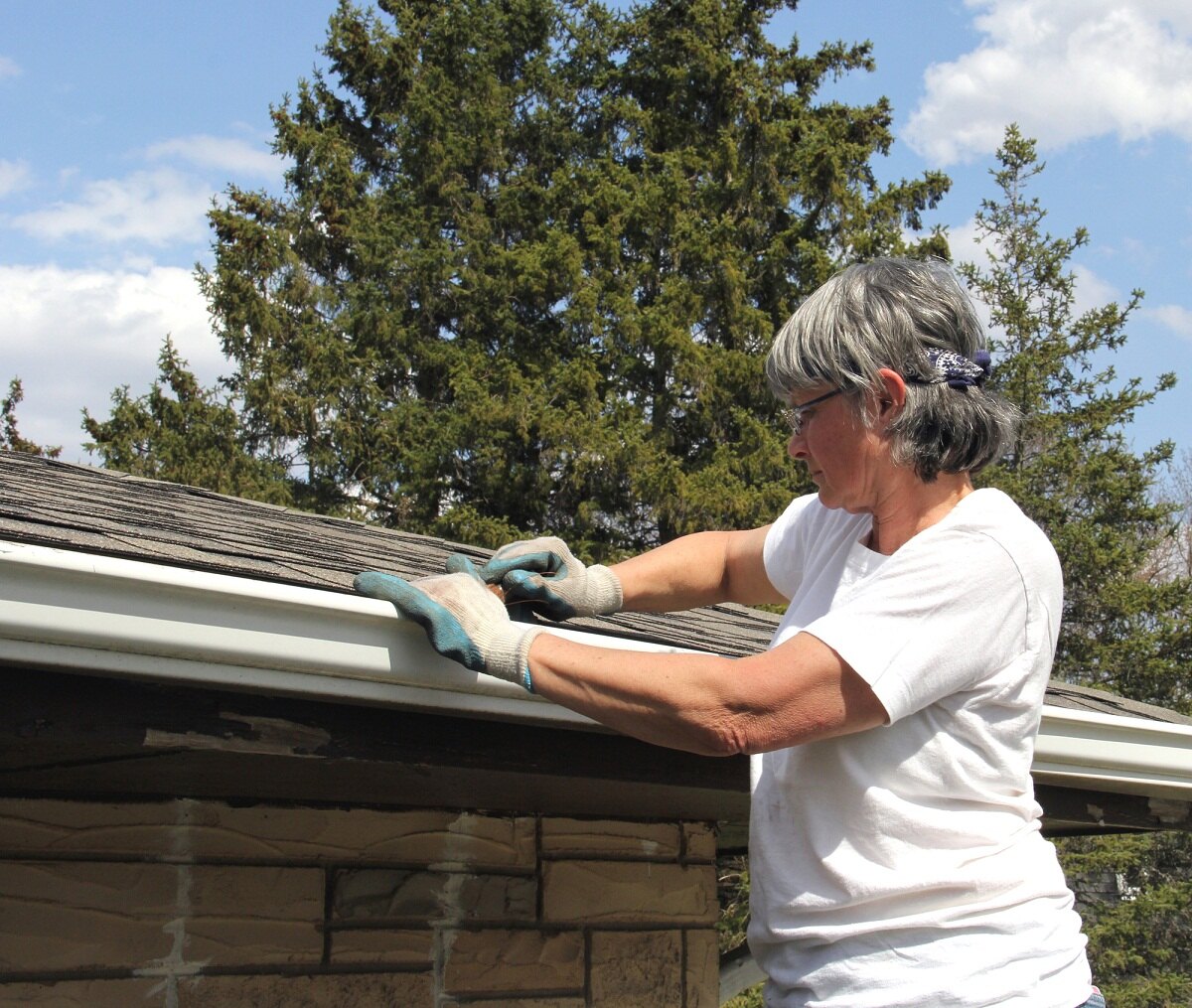

0 thoughts on “How To Move A Heavy Dresser By Yourself”